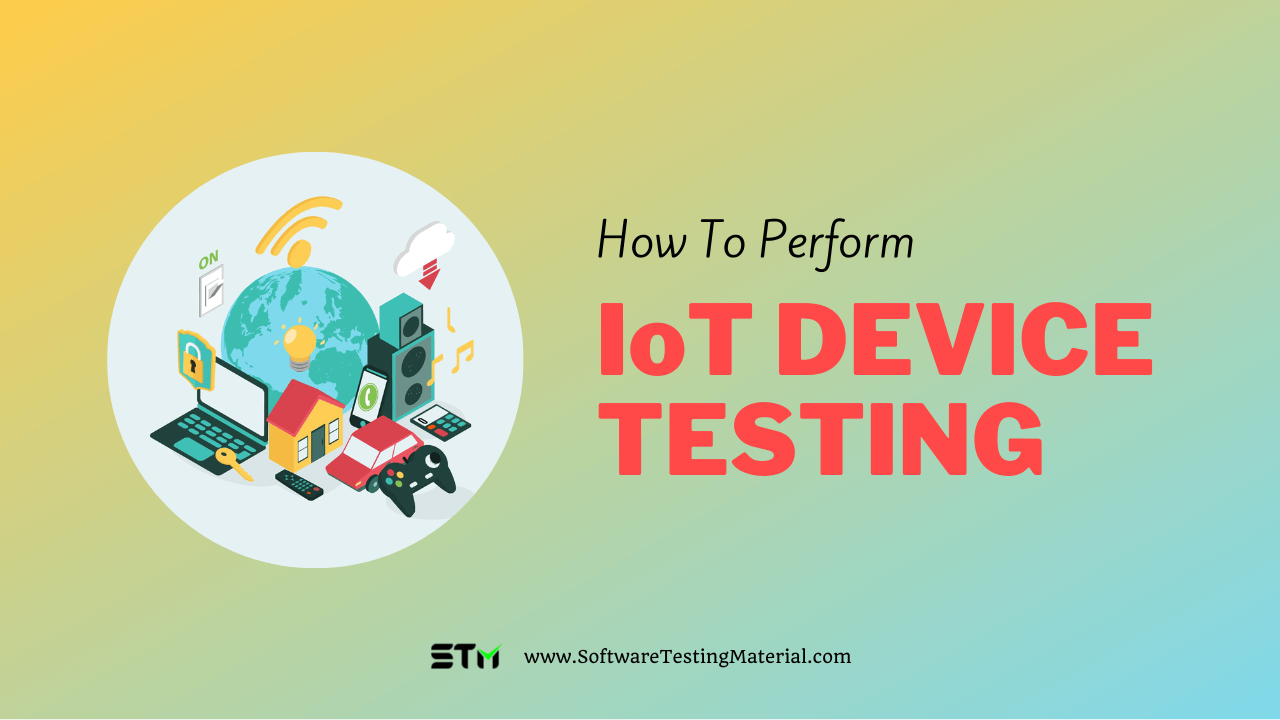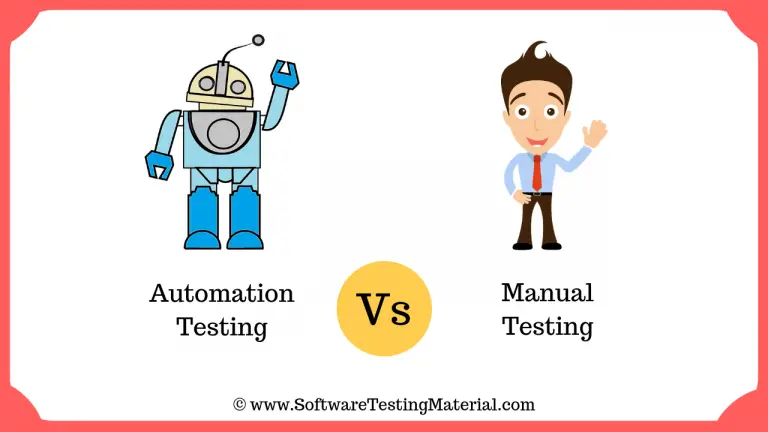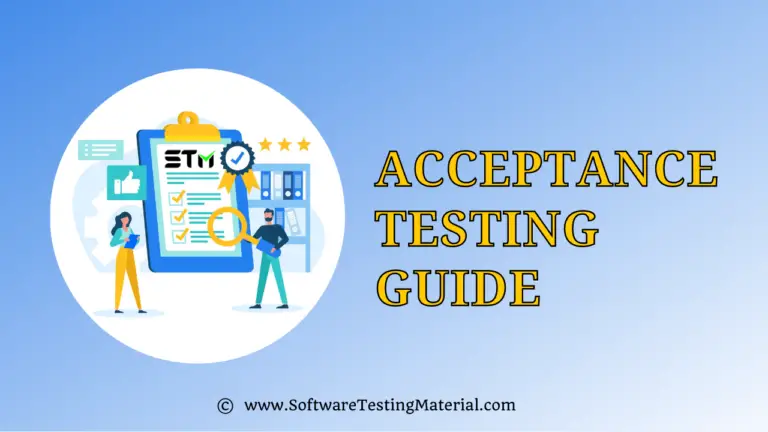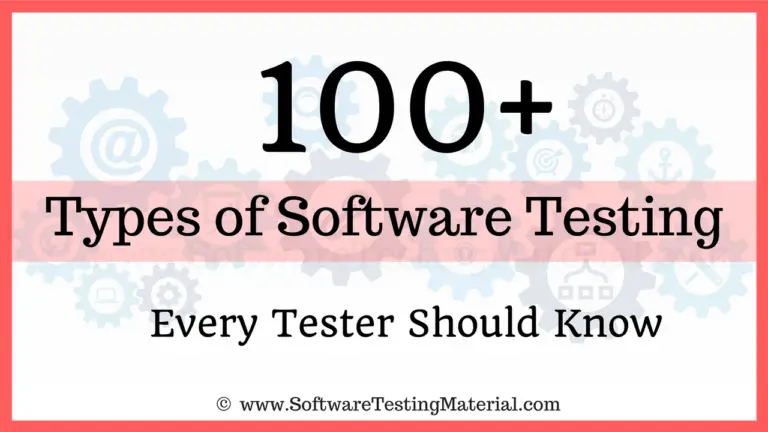What is IoT Device Testing | How To Perform It?
IoT device testing is a process of verifying the functionality of an IoT device and its interaction with other devices and systems.
In this day and age, the Internet of Things (IoT) is more prevalent than ever. We use IoT devices every day without even realizing it, such as our smartphones, fitness trackers, and home assistants like Amazon Echo and Google Home.
With the growing popularity of IoT devices comes the need for robust testing methods to ensure that the device functions as expected and does not cause any harm to either the user or the system.
In this blog post, we will discuss what IoT device testing is and how to perform it. Stay tuned!

What is IoT?
The Internet of Things (IoT) can be explained as the process by which we can connect everyday physical electronic objects to the internet—from simple household objects such as light bulbs; to devices like wearables, smart devices, even smart cities.
Here in the Internet of things each of these devices collects and shares data with each other. This allows us to add a new level of digital intelligence to our household devices and help them process information on-site without any delays.
The internet of things contains three primary components:
- Devices
- Communications
- Computation
#1. Devices
They are the physical objects connected to the internet, usually electronic devices. It is the ‘things’ in the Internet of things.
#2. Communications
They are carried out through WiFi or satellites and cellular services. This is a crucial component to keep the entire system connected and working.
#3. Computation
The process of computation is performed by a central location on the server, this allows the system to run efficiently.
What are IoT Devices?
The Internet of things can help us control everyday objects. These systems are interrelated, internet-connected objects that can collect and transfer data over a wireless network without human intervention.
IoT devices include sensors, wearables, smart meters, Radio frequency identification (RFID) tags, smartphones, drones, etc.
The communication between these devices follow certain protocols such as ZigBee, BACnet, LLRP, and Modbus.
Must read: Top 25 IoT Devices of all time
What is IoT Device Testing?
IoT device testing helps us to evaluate whether the IoT software and devices meet the accepted quality standards and perform as expected.
IoT device testing is a series of testing processes that helps in validating the functionality, performance and security of the devices and the software in the IoT system.
In the IoT system, there is a network of small interconnected devices that are simultaneously working together. So, even if there is a single error in these devices, it’s extremely hard to track down where the issue originates from.
IoT systems have complex architectures and unique characteristics so it is mandatory to test across all systems and components to ensure that the system is scalable, reliable, secure and performs as expected.
IoT device testing makes sure that each device in the system performs its functionality as expected, which leads to the entire IoT network working collaboratively and delivering the required results.
IoT device testing checks whether each device efficiently performs all its functionalities. This helps us ensure that the entire IoT system works collaboratively and delivers as expected.
What are the different types of IoT Device Testing?
IoT systems are prone to a range of errors due to the scattered data received from sensors, inventory, machines, equipment and tools, edge devices, people, and production logs.
So let’s look into some of the testing procedures that are essential for IoT testing.
Functional Testing
Every IoT device would perform a certain function in the IoT system, for the application to work efficiently these different functionalities need to be tested. We should test these IoT devices individually and in combination to prevent errors.
Unit Testing
Here the developer creates a code for an individual module or a device for the IoT system. We have to check whether that module or component or device works as expected. Usually, the development team takes care of unit testing.
Integration Testing
Once the unit tests for the devices are completed, we’ll move to the integration testing. Here we integrate all the modules to check how they work together. When our system involves multiple devices, it will be really helpful to see how they work with each other. We can check for issues in the communication between devices.
End-to-End Testing
Here we test the entire system from start to end, where we follow how a real user might use the Internet of Things system.
Must Read: End-To-End Testing Guide
Smoke Testing
Here we check whether the IoT system is stable enough to perform the testing. As each device is different and can perform various functions, it’s better to check the stability of the IoT system and devices.
Regression Testing
Each time we add a new module or update the existing device or do any changes in the IoT system, we have to perform regression testing. Any changes in the code or device can lead to changes in the IoT system. It is important to make sure that all the components are still working as expected after each update.
Interface Testing
Here we have to verify the graphical user interface of the IoT system, even though the actions are performed by the device, for the user to control the system a graphical application is required. So we test whether the user interface meets the requirements and specifications.
Functional testing is crucial for IoT systems as the core functions need to work as expected for the application to work properly.
Performance Testing
In IoT device testing, we execute performance testing to eliminate performance blockers or glitches that prevent IoT devices from working at an optimal level.
In performance testing, we gather the response time to estimate the reliability of the product. We check whether the IoT system maintains speed and stability during normal conditions. We observe the IoT device’s load capacity before it malfunctions or crashes.
Even a small glitch in the system can upset the customer and they’ll stop using the IoT system if they see any delays. Therefore evaluating the performance of the application is a crucial component in our testing, we can measure the system’s performance with different performance metrics such as
- Database performance
- Load tolerance
- Loading speed
- Throughput efficiency
- Uptime
- Data transfer rate
When it comes to connecting various IoT systems, each device might have a different performance rate, so performance testing is mandatory. This can also understand the system’s performance when subjected to regular use over a long period and how the system handles additional load from users during peak times.
Security Testing
Here we check whether the devices in our IoT systems are free from any threats, vulnerabilities or risks. We have to identify all the possible weaknesses and loopholes in the IoT system. We have to make sure that the transmitted data is always protected and encrypted. We have to check if password protection prevents malicious attacks.
We should perform security testing to eliminate vulnerabilities and maintain the integrity of data. So security testing in an IoT system involves checking data protection, encryption/decryption,device identity authentication and several other checks.
Security has always been a concern for end users. Users may use IoT systems for various reasons, which range from making monetary transactions, sharing personal information, buying and selling, and much more.
Without performing security testing in an IoT system, it is hard to identify underlying vulnerabilities in an IoT system and ensure that it doesn’t leak sensitive information to attackers. We can implement specialized access controls for users that restrict access to malicious activity.
Don’t miss: What is PCI Penetration Testing
Connectivity Testing
Connectivity is one of the crucial factors in the IoT system. IoT device testing checks the strength of communication between the devices, applications and the user. So we would check how well the device connects to the network. Also after connecting to the system, we check whether the device successfully transmits requested and relevant data. We verify how the device performs when it’s offline.
Compatibility Testing
In IoT device testing, we perform compatibility testing to check compatibility of the IoT devices against different devices, applications, and operating systems. In Compatibility testing, we evaluate whether the IoT device is responsive and if it operates smoothly on various platforms and browsers.
Let’s say our IoT device application has an option for printing pages, here compatibility testing can help us identify whether the IoT device app supports font, alignment, and page graphics for printing devices.
IoT systems have several complexities, so compatibility testing is mandatory in the IoT device testing QA process. We have to execute test cases to examine the compatibility of our IoT devices across any user experience, from hardware and operating systems to software and network speeds. We check whether the IoT device is compatible with all operating systems and browser types. We verify whether the IoT device performs as expected across generations of devices of versions of browsers.
Usability Testing
In IoT device testing, we make sure that the IoT application provides the user with an optimal experience. Here we get to know various things regarding the product design such as how easy the user can use its features, and whether or not the content on the IoT application is clear.
Scalability Testing
In IoT device testing, we perform scalability testing to ensure the IoT application has the power to support multiple concurrent users while continuing the same level of performance.
We can expect more widespread use of IoT systems as they are growing in popularity these days with Alex, Google Assistant and other smart technology.
Reliability Testing
In IoT device testing, we check whether the IoT system is reliable keeping in mind that different IoT devices and components, especially sensors, are in various operational and environmental conditions. This is a combination of performance testing and compatibility testing.
Network Testing
In IoT device testing, we ensure that IoT applications can support various network connections and communication protocols across the IoT platform. Each device follows a certain protocol including ZigBee, BACnet, LLRP, and Modbus.
Network testing is critical to IoT systems because, without seamless network connections, IoT applications can’t function as expected.
Regulatory/Compliance Testing
In IoT device testing, we have to check whether the IoT application complies in terms of functional, performance, security, compatibility, and usability metrics; it can still fail if it does not fulfil compliance requirements.
The best way to deal with this is to familiarize the development team with regulatory/ compliance requirements at the initial stages of the development cycle.
The healthcare industry uses a lot of IoT technology, so when building an IoT system we should make sure that the application complies with all the rules, regulations, standards and compliance checkpoints set up by the industry.
How to perform IoT Device Testing?
Based on the type of IoT system we build the test process would vary. The development model might entirely change depending upon the requirements of the application.
However, we can look at a basic outline of some common phases in IoT device testing:
Requirements Analysis
Here the QA managers would collect the requirements as early as the SDLC. This helps us to analyse the requirements and check whether they are testable or not.
Usually, these requirements are documented as user stories. Here in IoT device testing, the devices, interfaces and connectivity is clarified in this stage.
Planning
Based on the requirements analysis, the QA manager decides the frequency of collaboration between the QA team and the development team to make sure that the right set of scenarios is prioritised, to manage defects efficiently and perform regression testing.
Hiring IoT experts, procuring devices for testing, understanding the basic framework for the application and other components required for testing purposes should be planned in this phase.
Design
Understanding the requirements and priority of test scenarios, the QA manager assigns test case designs to testers. Here the tester goes through various scenarios, their priority and functionality.
So the testers build a test suite around the application’s functionality, the device’s performance, connectivity, security and more.
Environment Setup
Especially in IoT device testing, environment setup is crucial as it involves several devices. Here our goal is to set up a test environment with the latest application version and all the devices associated with it. We must make sure that we create an environment that replicates the production environment.
Usually, device procurement can be a hassle as these devices are pricey . Most of the time,the management tries to save the budget. But the entire testing would be futile if we don’t have the exact devices used in the production environment
Test Execution
Here we would perform the execution and test all the devices. We’ll check the connectivity, functionality, security and performance of the IoT system through various scenarios and create reports on the observations. If any errors are found in the system they would be notified to the development team.
What are the challenges in IoT Device Testing?
IoT device testing has several challenges, the best software testing strategies foresee all the complications and design the test plan based on those risks.So that we would proceed with the testing process with the right expectations and priority for the developers and the QA engineers.
Let’s look into some common challenges found in IoT device testing:
Lack of Standardization
Usually, the communication protocols, connectivity, platforms, and business models in an IoT environment are at completely different levels. There are no standards for these factors in IoT devices, so each device has its way of working and we have to add middleware or interference to make it work. But this would add up more costs to the product which will not be appealing to the customer.
Each link in the IoT system or network has hardware and software, so we have to create test cases for each of this hardware and software to check its compatibility and connectivity.
IoT experts won’t entirely run all scripts at once for better testing, they create test cases of the most suitable combinations of integrations to come to the market.
Security Vulnerabilities
Each device in the network communicates with each other only through data. IoT systems that generate large amounts of data can be vulnerable to security threats.
Ideally, the security testing system set up by the team should capture these issues and report them to the development team. But security loopholes are not transparent or easy to find, one input in a certain module can make a completely different module vulnerable.
For example, the Access level for a normal user might have certain functionality that is only available for an admin user due to a bug. So certain changes done by a normal user might affect the entire system without the user realising it.
One of the best practices to follow is to identify vulnerabilities in device architectures and firmware from the perspective of an attacker. Most times issues arise due to the carelessness of the development team.
Various Cloud Platforms
IoT systems have to be highly connected to function as expected. Usually, this connectivity is dependent upon the cloud platforms such as AWS IoT, Azure IoT and other cloud platforms to keep the device running smoothly.
We have to verify the usability of these devices on these cloud platforms. The entire IoT ecosystem has multiple devices, these devices generate a lot of structured and unstructured data. So we should check these data to evaluate their accuracy and integrity to get the expected results.
Conclusion
IoT device testing is not a simple process and it requires resources with the right skill set to perform the testing. We have to ensure that our test covers the usability, security, performance, connectivity, and compatibility factors in the application and devices.







